Possibly one of my favourite houseplants is my Stromanthe sanguinea triostar — I’ve had this beauty for a few years + after a couple of re-pots it has grown to a pretty considerable size! Today I’m going to share what to look out for if you think your plant needs repotting + show you the process of repotting a larger, more awkward plant like this (that is now pretty heavy).
| Does your plant need repotting?
° WHEN WAS THE LAST TIME IT WAS REPOTTED?
I must admit, I hadn’t thought about this plant too much as it grows well with relatively minimal effort for me. It must have been 9-12 months ago that I potted my Stromanthe in a larger pot. But as these types of foliage plants mature, their root structure obviously develops more too + it will have more of a tendency to stretch out to fill the pot. As you can see from the photograph at the top of this post this plant really was well + truly ready for a larger pot as roots circling around the bottom and taking on the shape of its container show quite clearly.
° HAS ITS WATERING NEEDS CHANGED?
One of the first tell-tale signs that it needed a bit of attention was when the plant started getting quite thirsty more quickly than normal. In addition to regular watering, even though I also use a self-watering spike I started to notice it was drinking lots! So this is something to be mindful of — if you find the plant drooping showing you that it is in need of water, or if you find the soil drying out more quickly that normal.
° IS THE FOLIAGE STARTING TO GET CRISPY OR YELLOW?
Another signal that your plant might have outgrown its current pot is if some of the leaves start crisping at the edges or start to yellow. This is because the plant isn’t getting enough moisture from being in its current pot any more — watering can become ineffective when it is root-bound. It is worth saying here that yellow leaves can have a number of causes so if this is something you are struggling with, here is the link to a blogpost I wrote: Why are my leaves turning yellow? For my Stromanthe, I began to notice pretty dry tips on some of the foliage + some yellowing too.
A note on terracotta pots:
If you have potted your plant from a nursery pot into terracotta, you will need to be aware that this will alter your watering habits quite considerably. Generally, terracotta draws the water away from the soil meaning it will dry out quicker, in turn meaning that it will need watering more.
There are advantages of using terracotta for plants that like to keep on the dry side (a lot of my cacti + succulents are in terracotta), however I would not recommend potting something from the marantaceae family (like this Stromanthe) in such a porous vessel.
I find it more difficult to judge the watering needs of leafy foliage plants in terracotta, so if I want to use one for aesthetic display reasons, I will use the terracotta (+ saucer) as a ‘cache pot’ with a nursery pot inside!
| The process of repotting
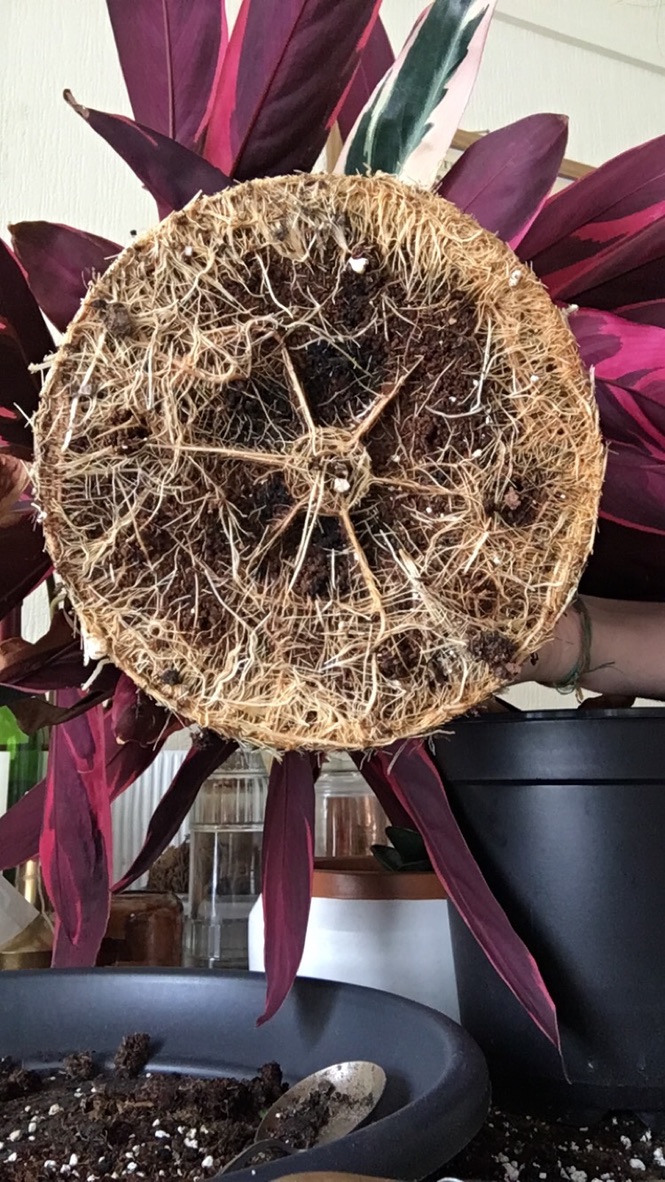
As you can see from these photos, my plant was starting to struggle + the root situation really does show this is a clear way! Aside from the pretty pattern they have made around the shape of the old plastic pot, it was looking for more space + more moisture/ nutrients. When a plant is this pot-bound, it’s very important to loosen the root ball and work at those roots gently, with your hands. This allows the plant to grow much more effectively into a new roomier pot – when the potting mix/roots are quite compacted like this, it can take quite a long time for them to ‘break out‘ of this contorted shape.

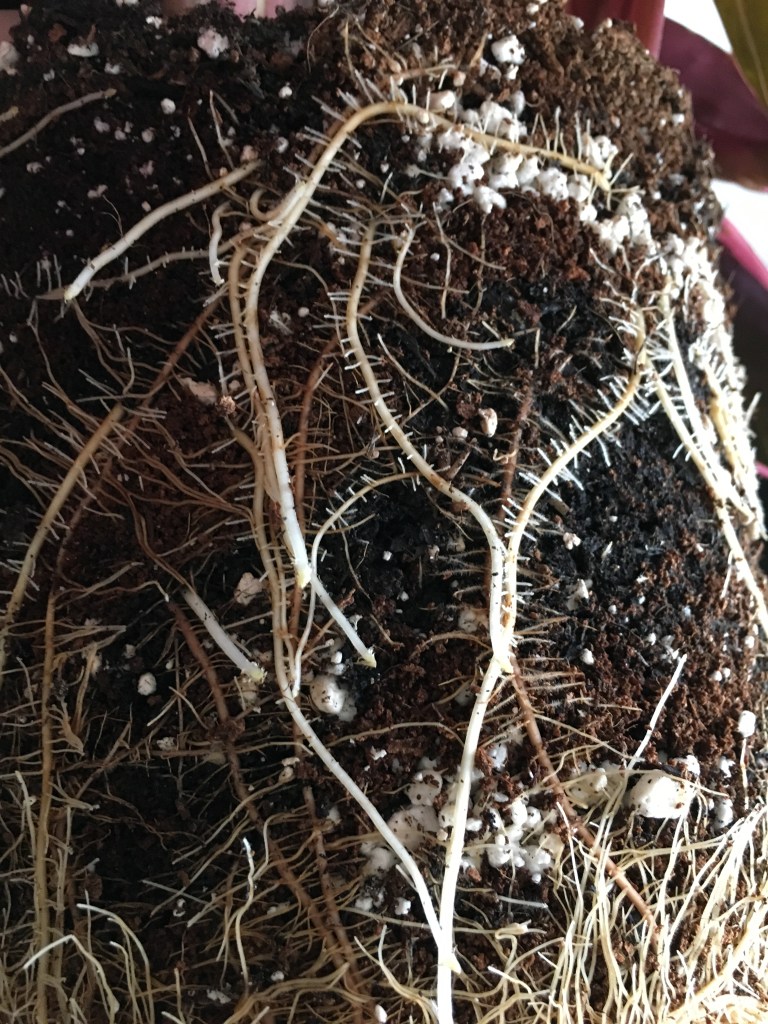
A note on pot size:
If you are a regular reader, you’ll know we have talked about pot size before, but to reiterate, going up one or two sizes is best, no big jumps. As the photo below shows, I originally thought the Ehlo pot on the left would work but it was just slightly too big. So I potted in the one on the right + sat this inside the lighter pot, as I felt that the more peachy tone looked better with the lovely pink streaked foliage.
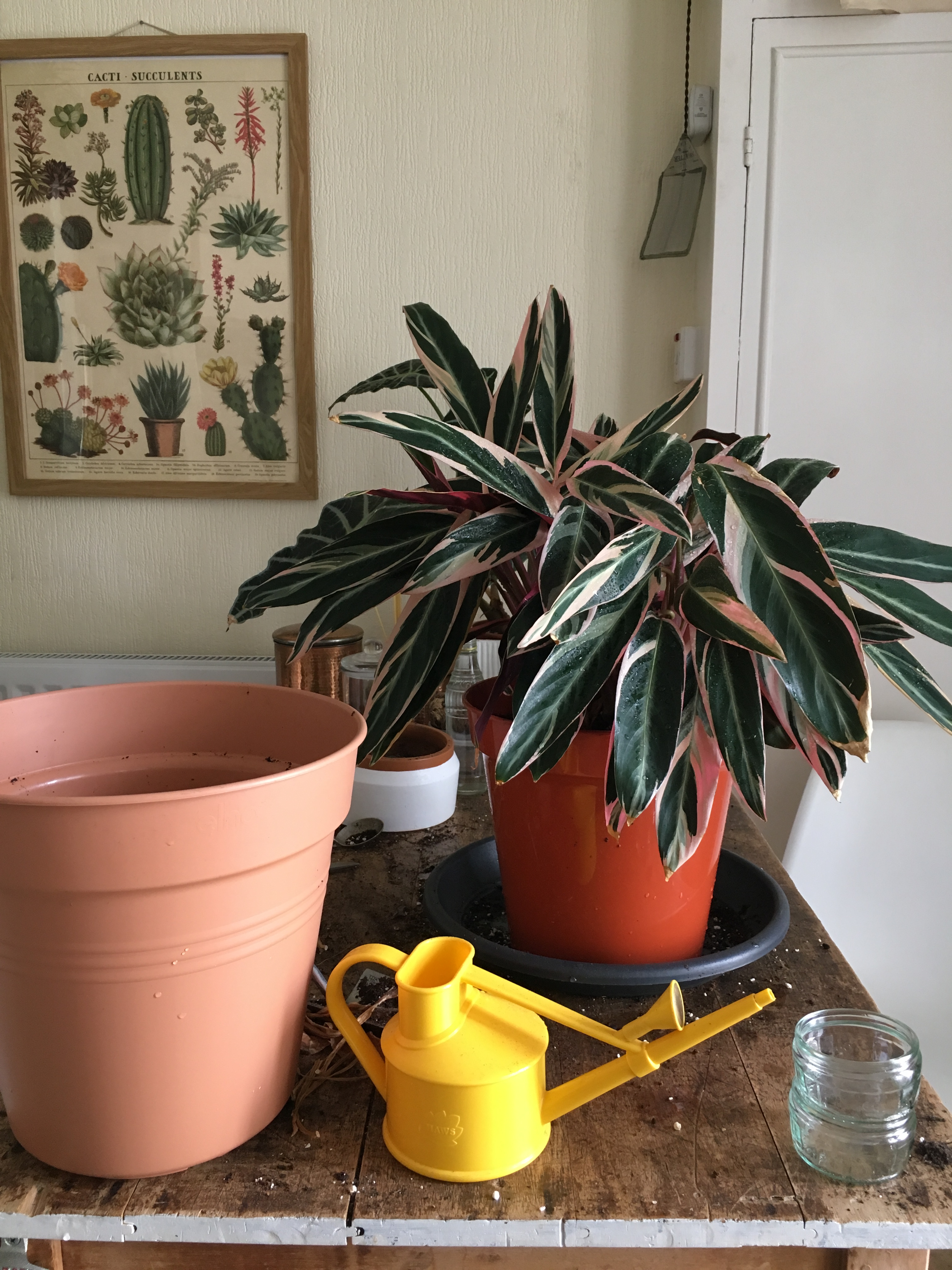
Once it was repotted, I watered the plant through thoroughly in the bath until water ran out of the drainage holes in the base; I also gave the plant a thorough shower to get any dust or potting mix off the leaves.
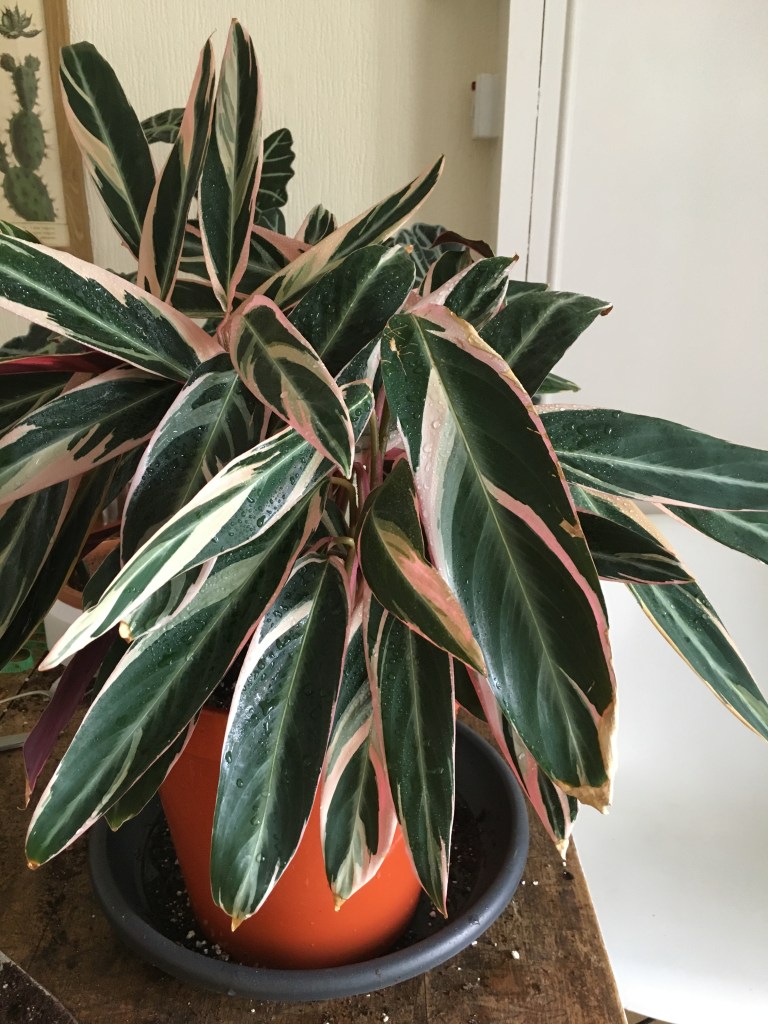

TA-DA!
…And here it is, I’m really happy with how it turned out, this foliage is pretty spectacular to look at don’t you think! Hopefully it will be happier now —


I also thought I would show you the current size of the baby Stromanthe that I ‘rescued’/propagated by division when it was just made of two leaves + some tiny roots. It’s on it’s fourth re-pot and blossoming into such a lovely plant. Which leads me onto my next question…

What would you do?
My big Stromanthe is looking like another re-pot will be needed later this year, + I wanted some advice…do you think I should keep potting this plant on, to grow into a larger plant, or whether I should try + divide it up? Finally, if you want to read my post on general Marantaceae group care (stromanthe, calathea, maranta + ctenanthe), here’s the link!
Thanks for reading!
— Laura
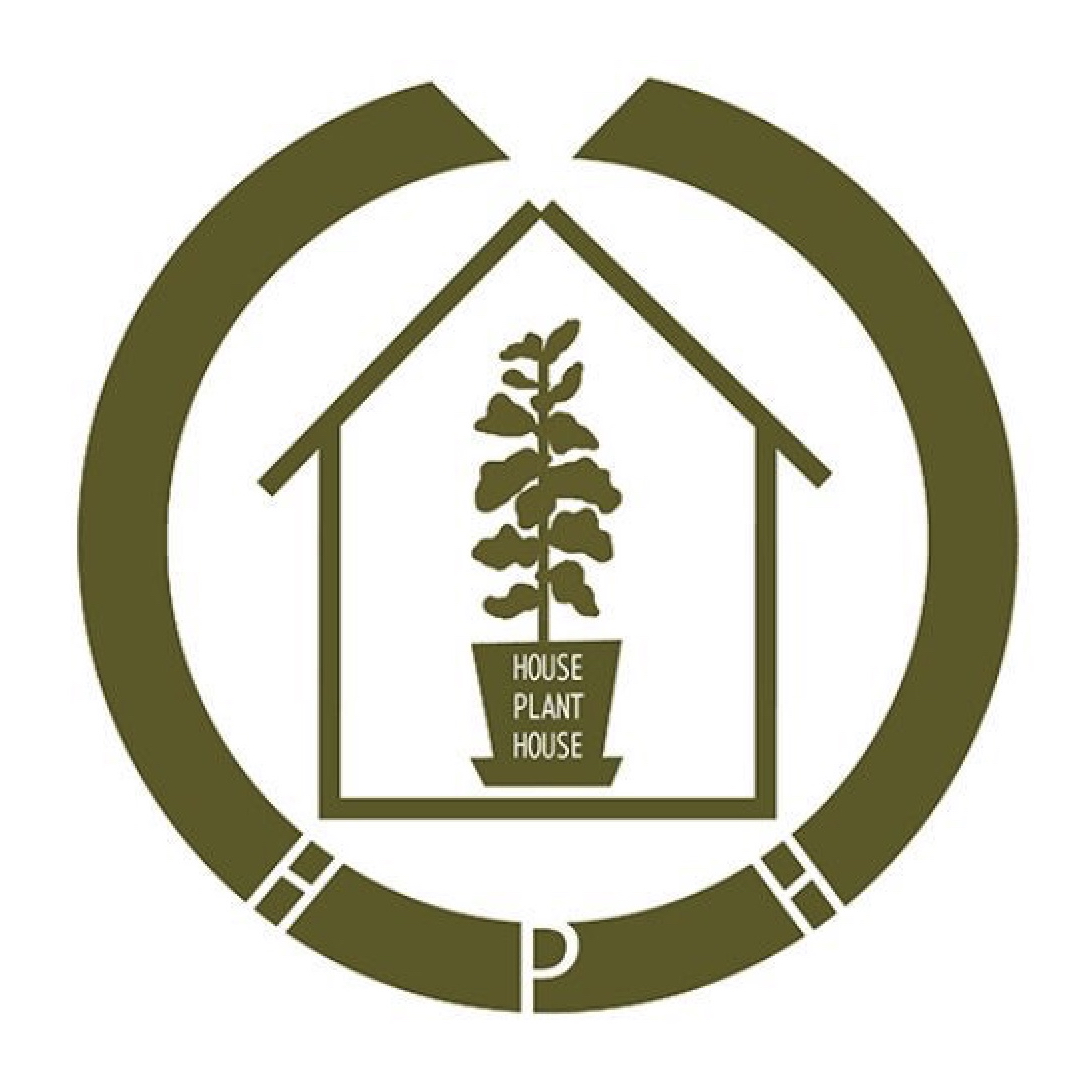

Leave a Reply